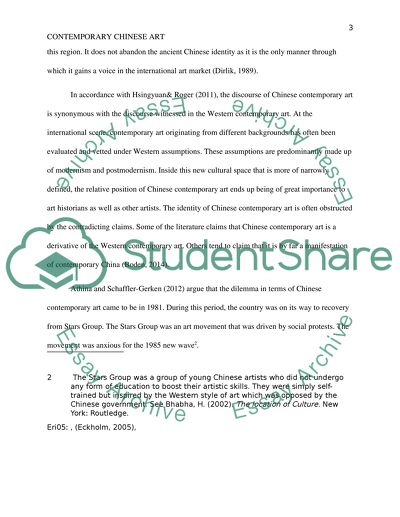Cite this document
(Can All Chinese Art Be Called Post Socialist Art Case Study, n.d.)
Can All Chinese Art Be Called Post Socialist Art Case Study. Retrieved from https://studentshare.org/visual-arts-film-studies/1698280-writers-choice
Can All Chinese Art Be Called Post Socialist Art Case Study. Retrieved from https://studentshare.org/visual-arts-film-studies/1698280-writers-choice
(Can All Chinese Art Be Called Post Socialist Art Case Study)
Can All Chinese Art Be Called Post Socialist Art Case Study. https://studentshare.org/visual-arts-film-studies/1698280-writers-choice.
Can All Chinese Art Be Called Post Socialist Art Case Study. https://studentshare.org/visual-arts-film-studies/1698280-writers-choice.
“Can All Chinese Art Be Called Post Socialist Art Case Study”, n.d. https://studentshare.org/visual-arts-film-studies/1698280-writers-choice.


